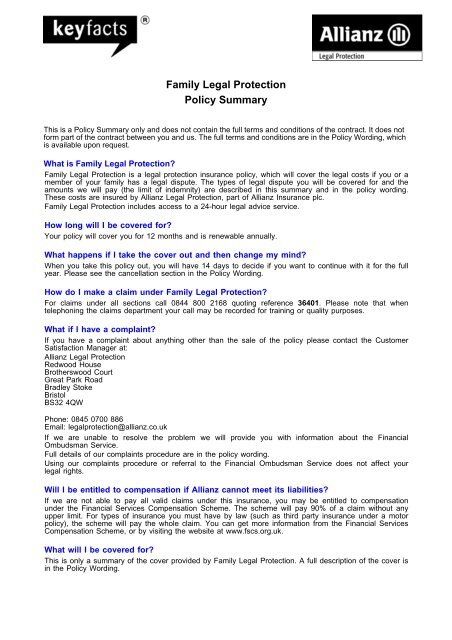Understanding the Framework: Labor Union Regulations
In the intricate web of employment relations, Labor Union Regulations stand as a cornerstone, shaping the dynamics between employers and employees. Navigating this framework is essential for both parties, as it delineates the rules governing collective bargaining and the formation of labor unions.
Foundations of Collective Bargaining
Collective bargaining lies at the heart of Labor Union Regulations, providing a structured process for negotiations between employers and labor unions. This process allows workers to come together, collectively voice their concerns, and negotiate terms and conditions of employment. Understanding the foundations of collective bargaining sets the stage for harmonious workplace relations.
Legal Protections for Workers
Labor Union Regulations extend legal protections to workers engaging in union activities. These protections ensure that employees have the right to join, form, or assist labor unions without fear of retaliation. The legal framework prohibits employers from interfering with these rights, fostering an environment where workers can advocate for their interests collectively.
Union Formation and Recognition
The process of forming a labor union involves intricate steps governed by Labor Union Regulations. From obtaining sufficient support among employees to filing petitions for union recognition, the journey toward establishing a union requires adherence to legal procedures. Recognition is a pivotal milestone, granting the union the authority to represent workers in negotiations.
Bargaining Unit Determination
Defining the bargaining unit is a crucial aspect of Labor Union Regulations, as it delineates the group of employees represented by the union. The National Labor Relations Board (NLRB) often plays a role in determining the appropriate bargaining unit based on factors such as job similarities, geographic proximity, and the desires of the employees involved.
(For more information on Labor Union Regulations, visit josslawlegal.my.id for expert insights.)
Negotiating Collective Agreements
Labor Union Regulations guide the negotiation of collective agreements, which outline the terms and conditions of employment for unionized workers. These agreements cover a spectrum of topics, including wages, working hours, benefits, and dispute resolution mechanisms. Crafting a mutually acceptable collective agreement requires a nuanced understanding of the regulatory framework.
Strikes, Lockouts, and Dispute Resolution
Labor disputes are inevitable, and Labor Union Regulations provide mechanisms for resolving conflicts. The right to strike is a powerful tool for workers, allowing them to express dissatisfaction with employment conditions. On the flip side, employers may resort to lockouts. The regulatory framework ensures that disputes are resolved fairly through mediation, arbitration, or other agreed-upon methods.
Legal Restrictions on Employers
While Labor Union Regulations protect workers’ rights, they also impose legal restrictions on employers. Unfair labor practices, such as interfering with union activities or discriminating against union members, are strictly prohibited. Employers must navigate these legal constraints to maintain a lawful and equitable relationship with their workforce.
Changing Landscape of Labor Relations
The landscape of labor relations is dynamic, with Labor Union Regulations evolving to address contemporary challenges. Technological advancements, gig economy dynamics, and shifting societal expectations impact the way labor unions operate. Staying abreast of these changes is crucial for both employers and employees to adapt to the evolving world of work.
Balancing Employer and Employee Interests
Effective labor relations hinge on a delicate balance between employer and employee interests. Labor Union Regulations provide the framework for this equilibrium, emphasizing fair negotiations, protection of workers’ rights, and the establishment of constructive working relationships. Achieving this balance contributes to a harmonious and productive workplace.
In essence, Labor Union Regulations form a scaffold that structures the relationship between employers and employees. Navigating this framework requires a nuanced understanding of collective bargaining, legal protections, and the ever-evolving dynamics of labor relations. The ability to navigate these regulations ensures a workplace environment where both parties can thrive.



